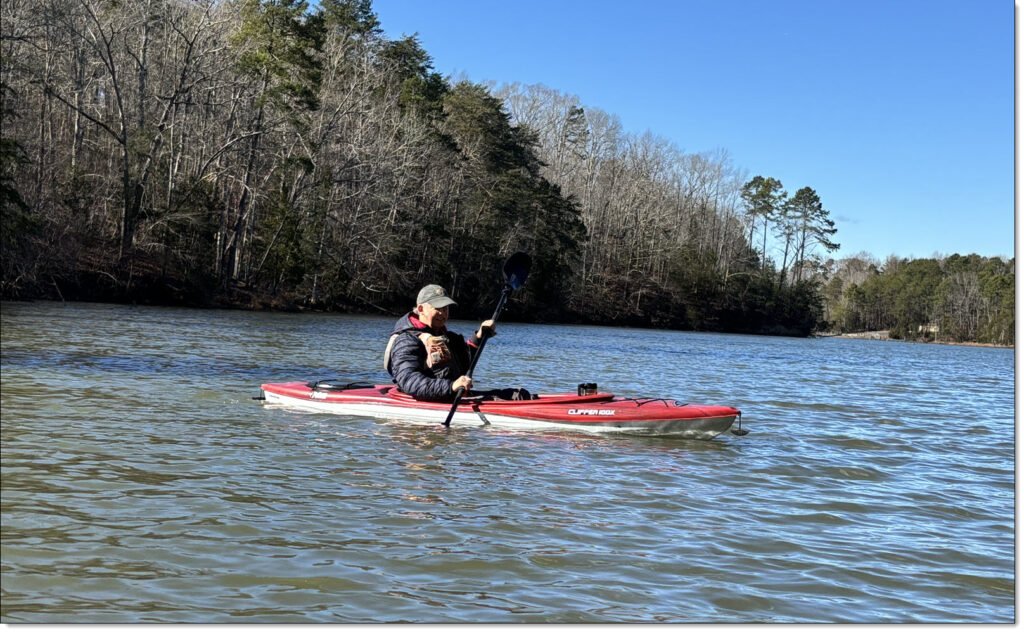
Estimated reading time: 12 minutes
This kayak review is on the Pelican Clipper 100X, a ten-foot one-person sit-in recreational kayak. This kayak is one of a series of recreational kayaks with common features, produced under the Pelican brand.

Estimated reading time: 12 minutes
This kayak review is on the Pelican Clipper 100X, a ten-foot one-person sit-in recreational kayak. This kayak is one of a series of recreational kayaks with common features, produced under the Pelican brand.
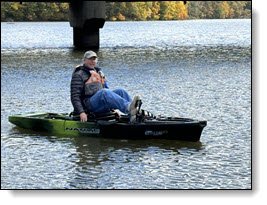
Estimated reading time: 15 minutes
Last October Winnie and I added a Native Watercraft model “Slayer Max Propel 10” pedal-drive kayak to our fleet. We’ve used this kayak several times since, enough for me to post a review.
Although these pedal drive kayaks are designed for serious fishing, my review will not be on the fishing capabilities of this boat. My review is written for kayakers who are pedal-curious and thinking about expanding their kayaking fleet.
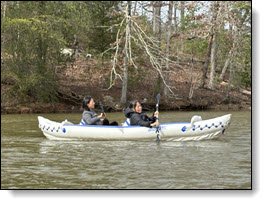
Estimated reading time: 7 minutes
Over the past fourteen years kayaking has become my most favorite outdoor activity. Along with actually paddling kayaks comes the fun part of collecting kayaks. I’ve managed to collect a few nice boats over these past years including inflatable kayaks.
One of the most common remarks I see/hear when people ask about the pros and cons of inflatable kayaks is: “If you punch a hole in an inflatable, you’ll get wet.” I can now attest that this is not true.

Estimated reading time: 13 minutes
If you own one or more kayaks, eventually you’ll need to do some amount of cleaning and maintenance. I’ve found it’s a lot easier to work on my kayaks if they’re at chest height. So, a work stand becomes a useful kayak accessory.
I needed a work stand specifically suited for inflatable kayaks. Most commercial stands are two-piece units which are ideal for hard shells. Inflatables, not so much, as the kayak sags in the middle without proper support. I decided to design and build my own work stand.

Estimated reading time: 22 minutes
Boats have a reputation for being expensive. However, this is not completely true. Boats are very inexpensive to maintain and operate, as long as you don’t put them into the water. Once a boat gets wet, all bets are off and “boat” does in fact become the acronym “Bust Out Another Thousand.”
A few years ago, I made a horrifying discovery that water was seeping inside the wood-cored transom of our family boat “Sea Dragon.” Water and wood do not mix, and this issue required some serious remediation work. So, I’ve spent the past several years drying and waterproofing “Sea Dragon.”

Estimated reading time: 9 minutes
My latest kayaking hack is a simple mast made of PVC piping, used to hold a safety light for nighttime kayaking. This mast can be assembled in about one hour, once you’ve collected all the pieces, and costs less than $30. It mounts in a fishing rod holder, which are fairly common on many recreational and fishing kayaks. As added bonus, this mast can also be used to display a flag or pennant, which may be useful to increase your visibility if you paddle in open water around lots of power boats.
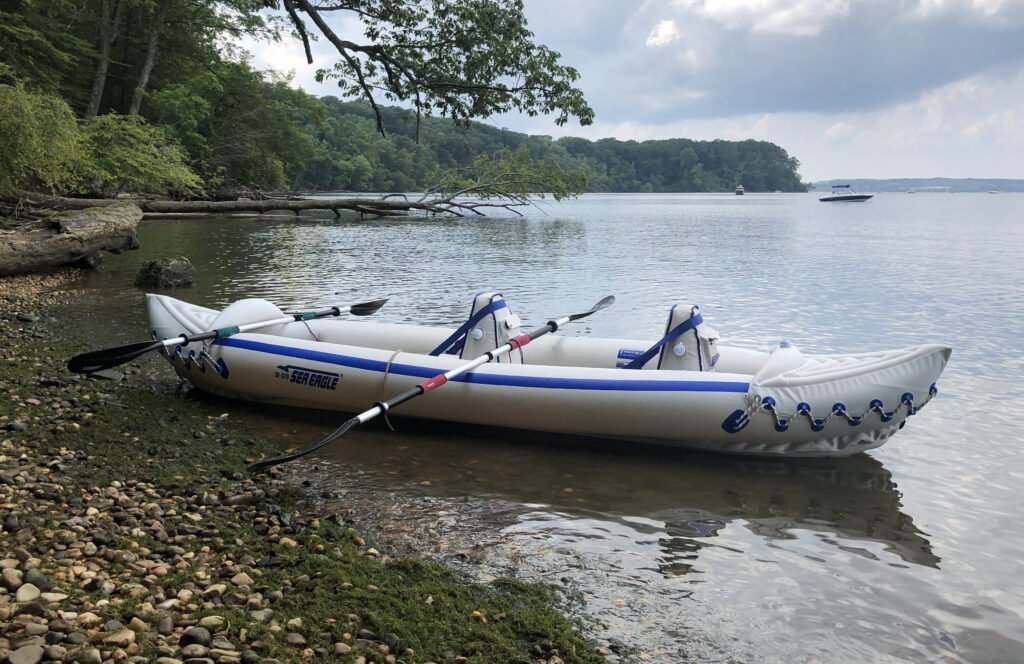
Estimated reading time: 6 minutes
I tend to enjoy tinkering with things, designing and building small gadgets just for the fun and challenge. With my Sea Eagle 370 inflatable kayak, I’ve slowly been coming up with minor improvements for both paddling, and for storing it between paddles.
The Sea Eagle kayaks include permanently attached skegs which help with tracking, and they are very effective if they are straight down from the bottom of the boat. However, they tend to get folded over while in storage and the “skeg guards” that Sea Eagle provides doesn’t provide much protection. I’ve designed a much improved skeg guard that can be made out of corrugated cardboard in a couple of hours times.
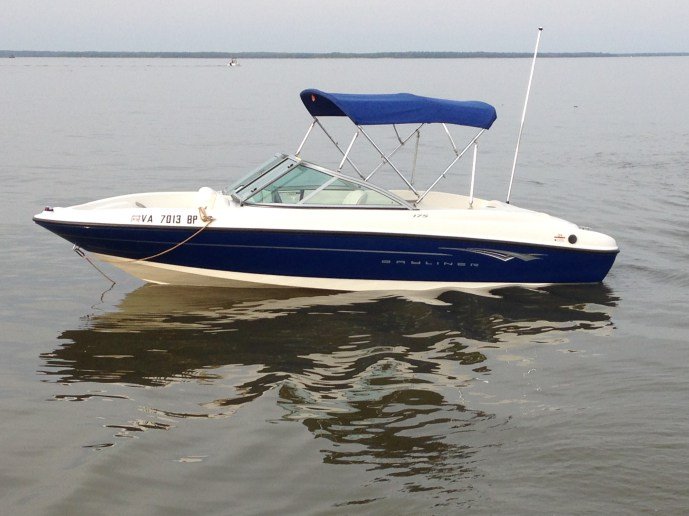
Estimated reading time: 7 minutes
Winnie and I decided to celebrate yesterday’s Fourth of July on the water. It turned out to be a very memorable event. We had some adventure, learned new things, and an overall great day of boating. Especially after a year of pandemic lockdown, it was a very pleasant day indeed.
Intro
Estimated reading time: 8 minutes
I think most small power boat operators operate in similar patterns; run the boat out on the water for a bit, then anchor out in a quiet place for fishing or picnicking with family and guests. Safe anchoring isn’t hard, but if done incorrectly can cause problems.
Over the years of owning small power boats (18 foot runabouts), I’ve come up with a few for making anchoring easy and safe. I feel these hacks apply to all recreational power boats at least under 21 feet length.
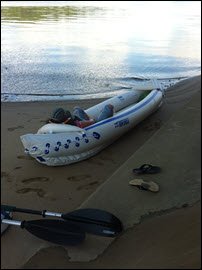
Winnie bought me a kayak as a birthday gift in July 2010. From my first paddle outing I was completely hooked on the relaxing sport of kayaking. Of course, one can never have just one kayak, just as one can never get by with one pair of shoes.
In the years since my first kayak, which I still have, Winnie and I have added two inflatable kayaks to our fleet. The first is a Sea Eagle 370, a 12-1/2 foot tandem kayak. The second is a Sea Eagle 330 ten-foot kayak. With use, I’ve come up with some minor modifications and useful accessories. So in this post I’m going to describe my favorite mods, conveniently known as “,” along with useful accessories.